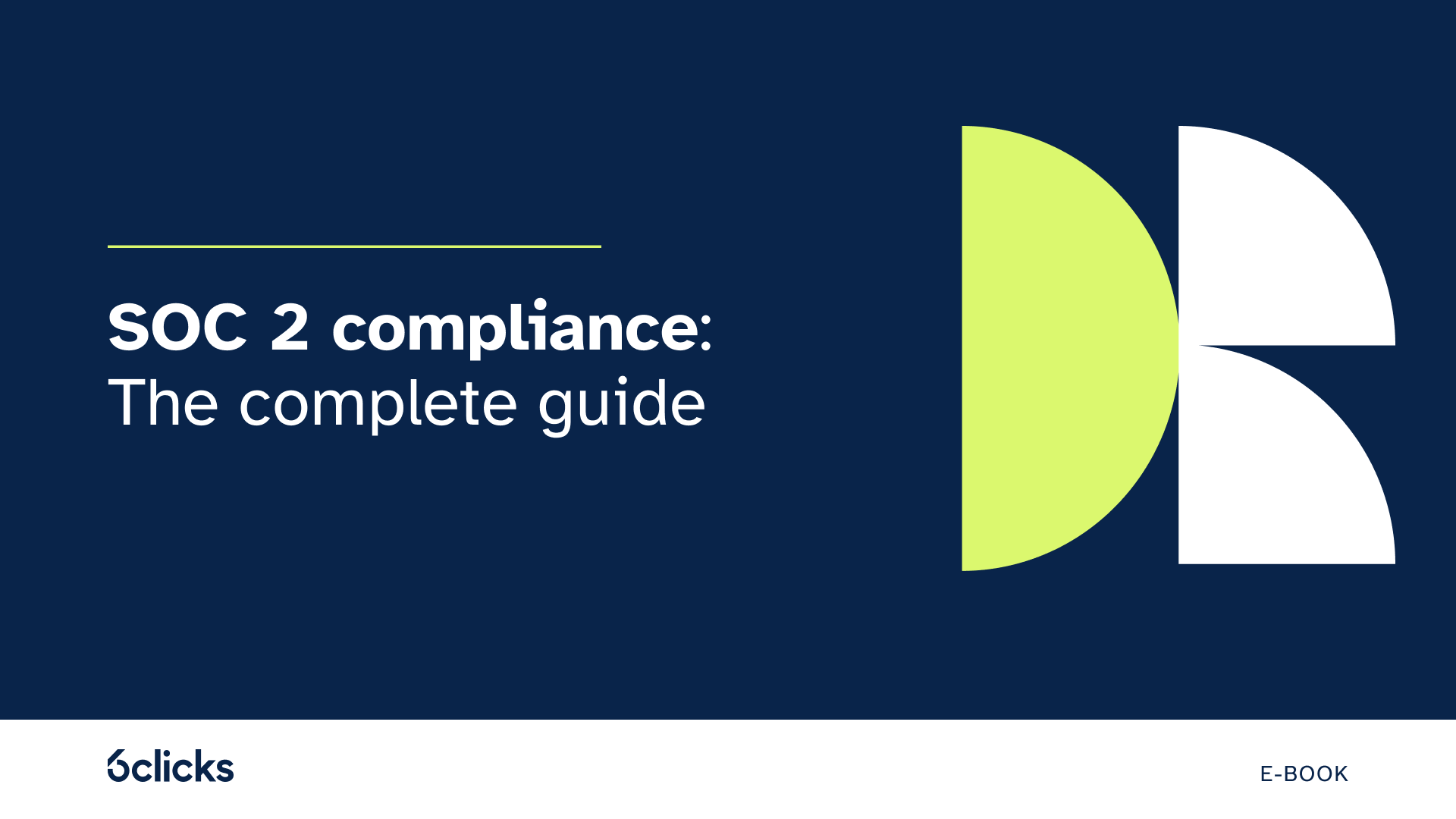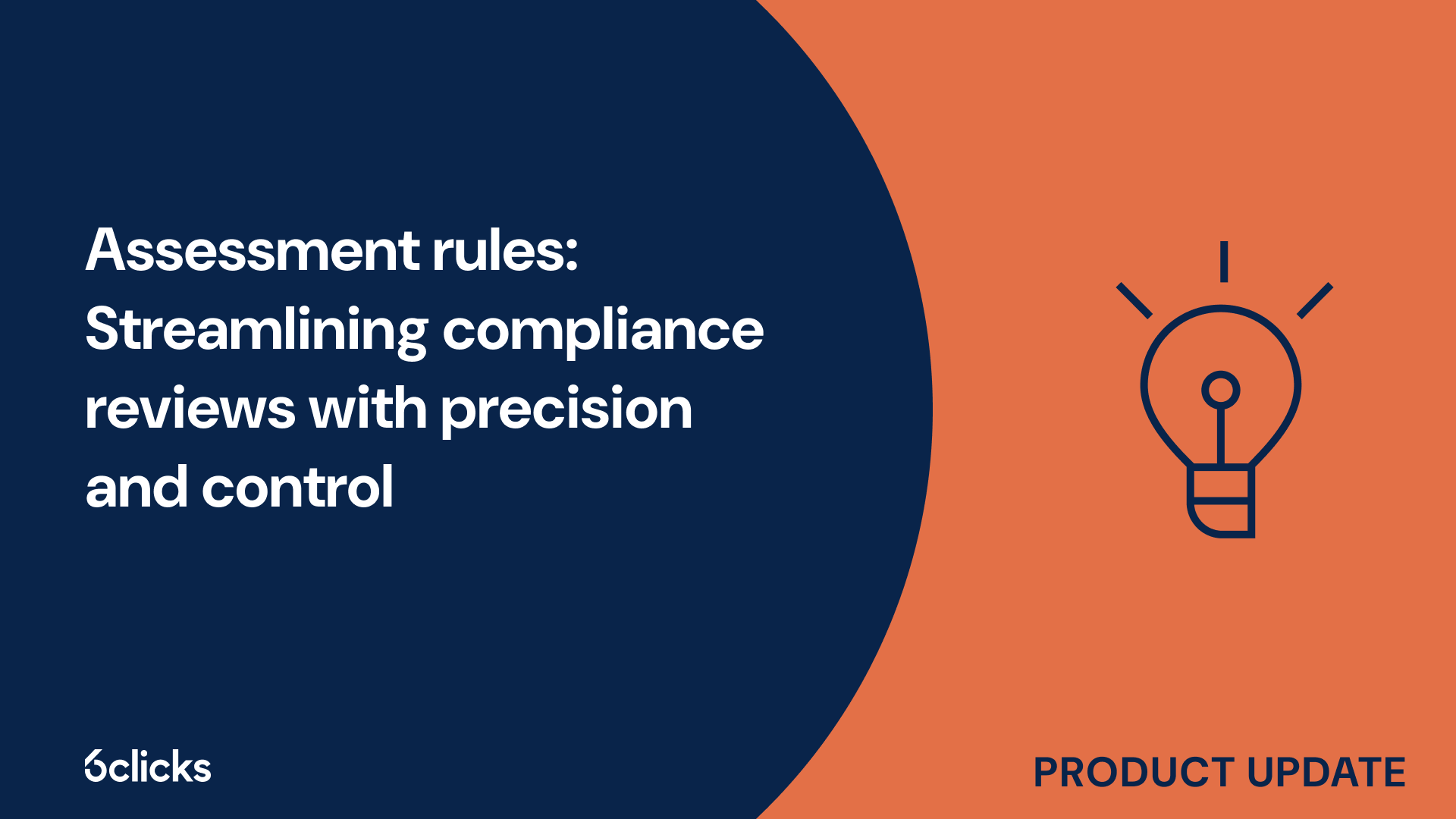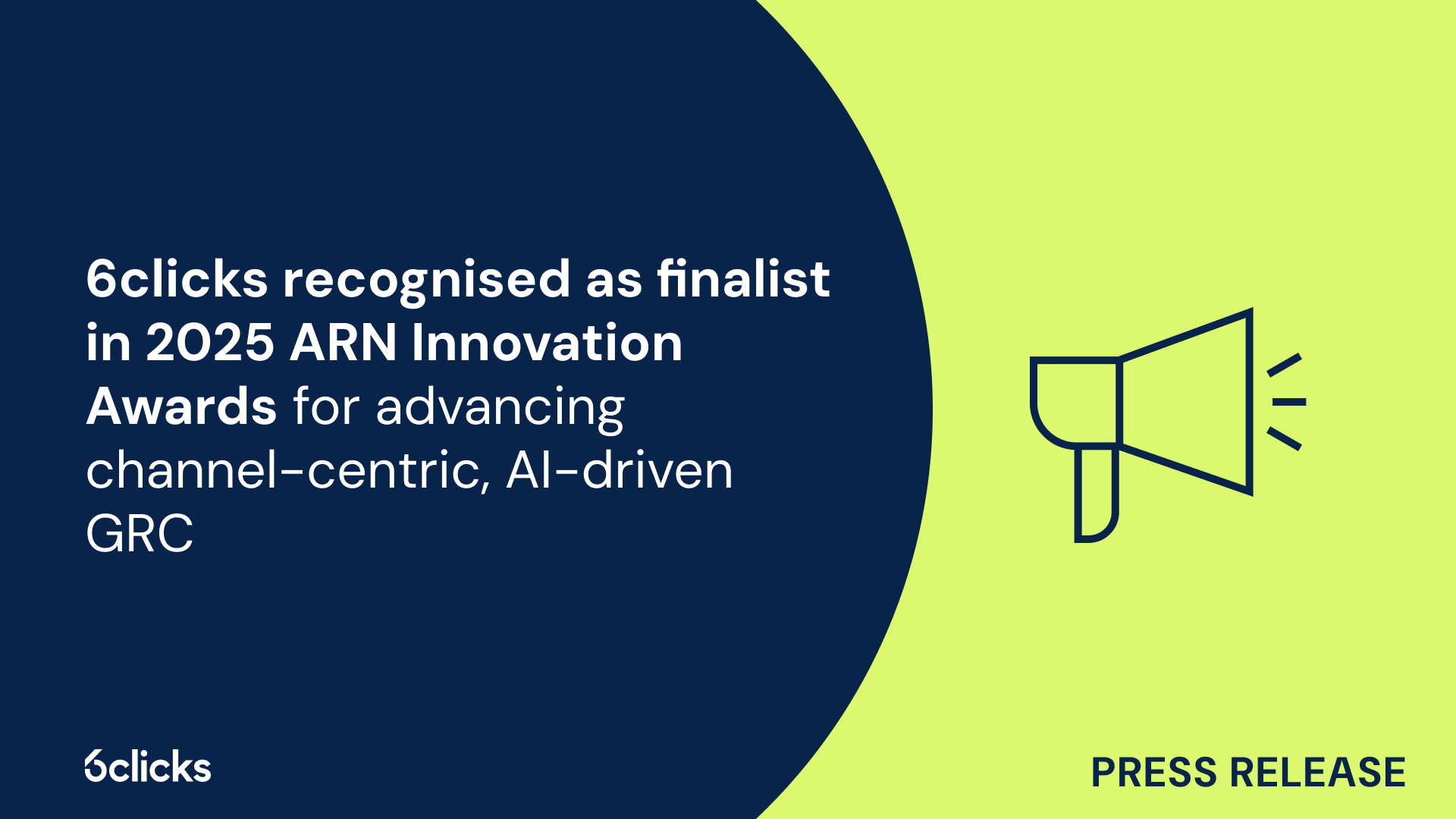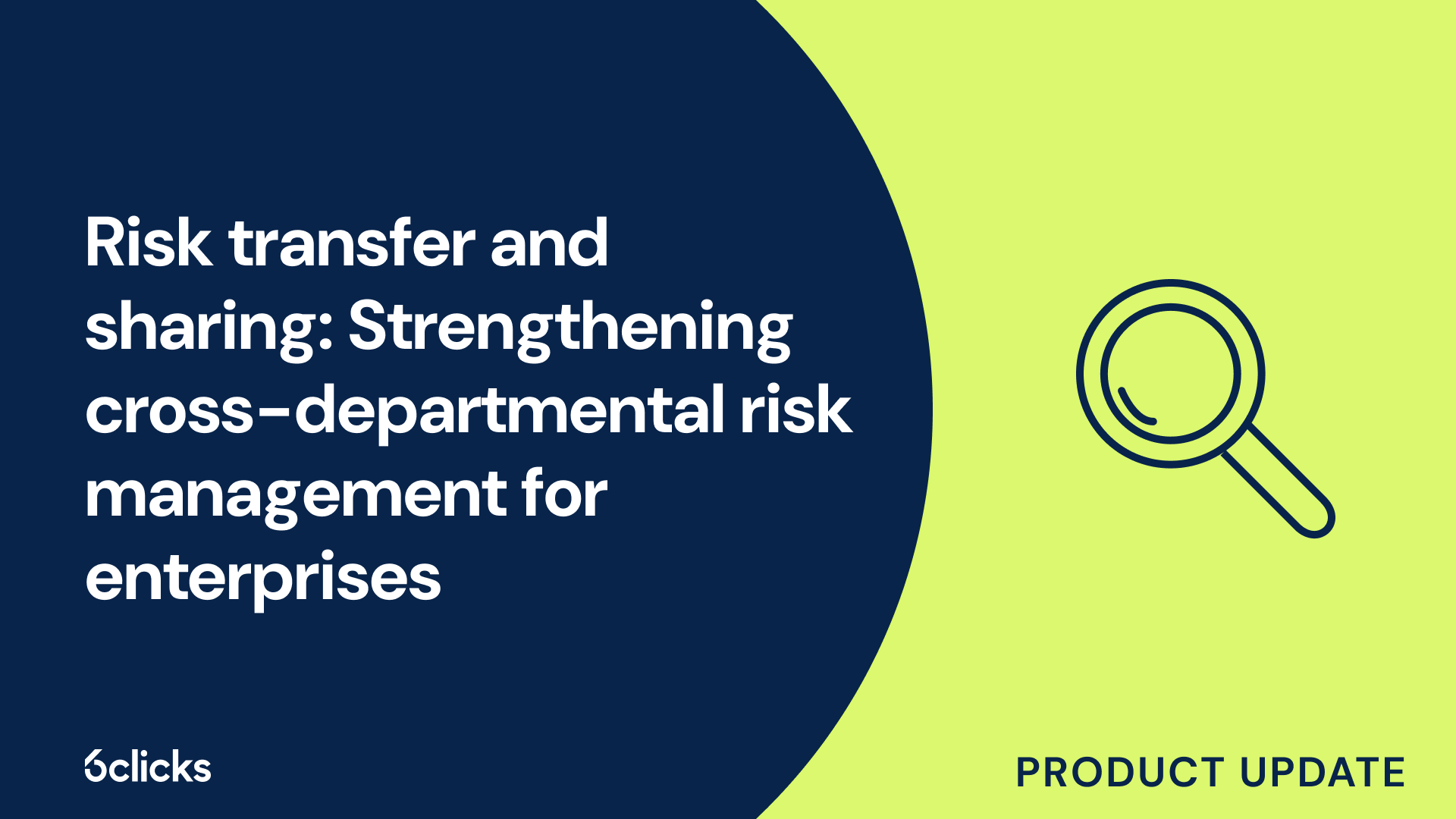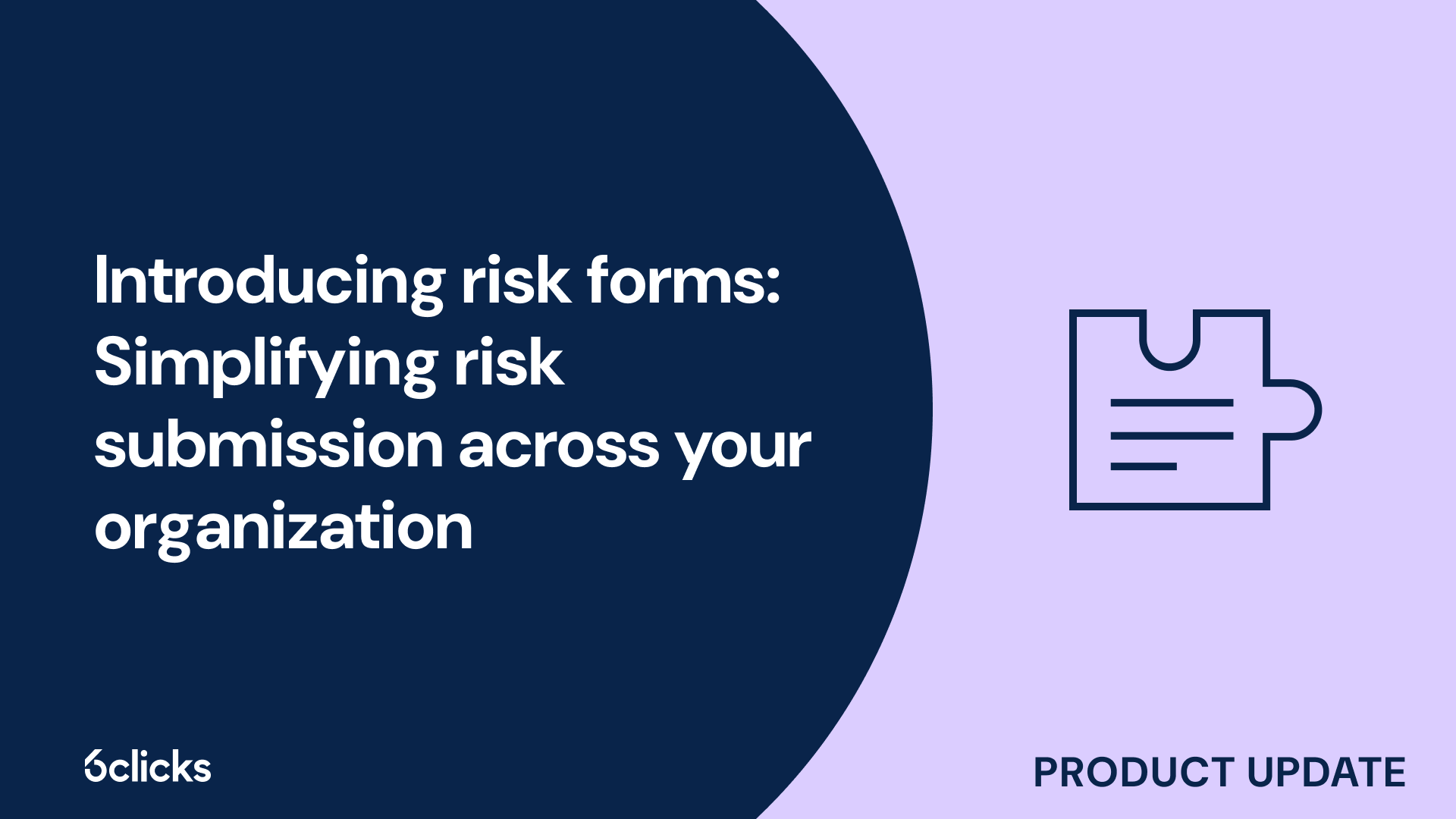Mastering the cybersecurity domain in 2025
Discover how to future-proof your organization’s cybersecurity in 2025. This free guide from 6clicks explores core security domains, regulatory frameworks, and how to integrate GRC for scalable, resilient, and audit-ready programs. Essential reading for CISOs, risk managers, and compliance leaders.
-1.png?width=200&height=249&name=Group%20193%20(1)-1.png)
Mastering the cybersecurity domain in 2025
What is zero trust security and why is it gaining traction?
TL;DR: Zero trust is a cybersecurity approach that assumes no user, device, or system is inherently trustworthy—requiring continuous verification and least-privilege access to minimize breach risk in modern digital environments.
The 6clicks expert guide Mastering the Cybersecurity Domain in 2025 identifies zero trust architecture (ZTA) as one of the most widely adopted and fast-growing cybersecurity strategies. Driven by hybrid work, cloud adoption, and the collapse of traditional network perimeters, zero trust challenges the outdated “trust but verify” model with a more resilient “never trust, always verify” principle.
Governments, critical infrastructure sectors, and large enterprises are increasingly mandating zero trust to defend against sophisticated, multi-vector attacks.
Core principles of zero trust:
-
Verify explicitly
Authenticate every access attempt using multiple context-aware signals (identity, location, device health, etc.). -
Enforce least privilege
Grant users and systems only the permissions they need—no more, no less. -
Assume breach
Architect systems under the assumption that internal networks may already be compromised. -
Micro-segmentation
Divide networks into isolated zones to limit lateral movement in case of a breach. -
Continuous monitoring
Use behavioral analytics, real-time alerts, and automated enforcement to maintain adaptive security.
Why zero trust matters in 2025
Legacy perimeter defenses can’t secure today’s environments, where:
-
Employees access systems from anywhere
-
Applications run across multi-cloud platforms
-
Third-party integrations and IoT devices expand the attack surface
-
Insider threats remain a persistent risk
Zero trust aligns perfectly with cybersecurity domains like IAM, communication and network security, asset security, and software development security—making it a domain-wide mindset, not just a technical configuration.



